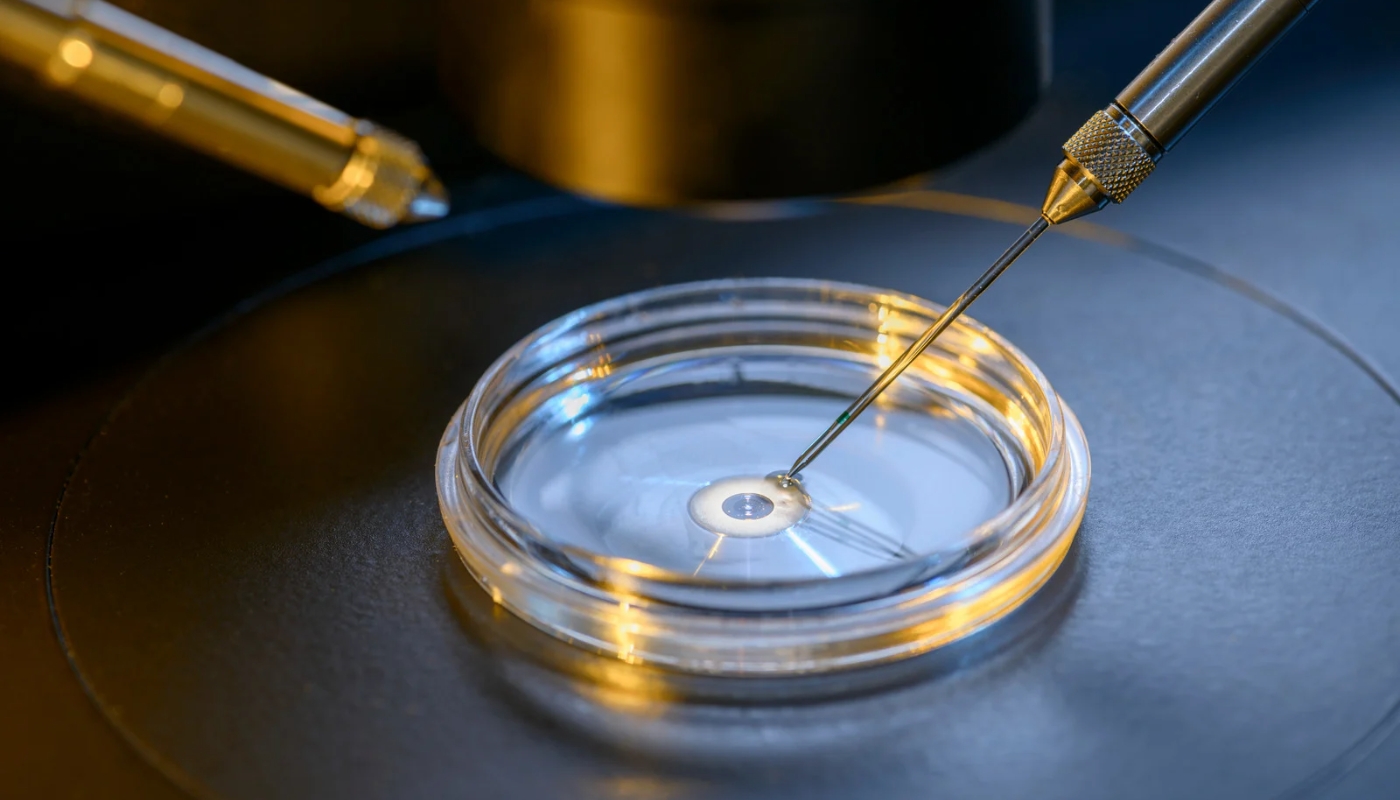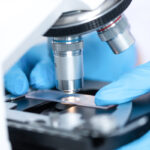How Many Days Does IVF Treatment Take?

İçindekiler
ToggleHow many days does IVF treatment take? It is a matter of curiosity. IVF is the process of collecting eggs from the ovaries and mixing them with sperm in a laboratory culture dish. Fertilization takes place in this dish, which means “in vitro”, meaning “in glass”. The baby born with IVF treatment was born in 1978. Almost two percent of babies born in England in 2009 were born as a result of IVF treatment. All over the world, all baby treatments bring smiles to the faces of couples who cannot have children due to infertility problems.
Who can undergo in vitro fertilization treatment?
IVF treatment is recommended for the following fertility problems:
- If your fallopian tubes are blocked or damaged, or you have another problem where IVF has been identified as the only treatment that can help you get pregnant.
- If there are sperm problems, better results can be achieved by using ICSI for basic problems in sperm.
- If you have tried fertility drugs such as Clomiphene or other fertility treatments such as IUI without success
- If you have been trying to conceive for at least two years and no reason has been found to explain why you are not getting pregnant, IVF treatment may be considered.
How is in vitro fertilization treatment applied?
IVF follows a series of steps, starting with fertility drugs, to help you produce as many eggs as possible.
Reproductive drugs
You will probably need to take fertility drugs to stimulate your ovaries to develop mature eggs ready for fertilisation. You release one egg per month during your normal menstrual cycle. Your chances of pregnancy are better with more eggs, and taking fertility drugs increases the number of mature eggs released. As a result, it is recommended that IVF is combined with fertility drugs to stimulate your ovaries. You take these by tablet or injection daily for about two weeks.
Other shorter methods of control are available. Some involve the use of GnRH antagonists. These medications can usually be taken after pretreatment with the birth control pill and within a few days of starting ovulation stimulation. If you have endometriosis, you may take the GnRH agonist Cetrotide for several months to improve your egg quality and your chances of success.
Hormone injection
You’ll then have daily hormone injections for about 12 days. These stimulate your ovaries to release more mature eggs than normal (ovulation induction). The hormones used are the gonadotropins follicle-stimulating hormone (FSH) and luteinising hormone (LH).
Women respond to these fertility drugs in different ways and can have strong side effects. If this happens, your doctor will monitor you closely to make sure it’s OK.
You will have ultrasound scans and possibly blood hormone tests to monitor how many and how well your eggs are responding. This is for safety and to check the maturity of your eggs.
Egg retrieval and sperm collection
Ultrasound is used to determine when your eggs have been retrieved. Your doctor will then remove your eggs from your ovaries. Your doctor will use a thin, hollow needle attached to an ultrasound scanning probe. The probe helps locate the follicles that contain the eggs. You may feel some discomfort during the procedure, but your specialist will prescribe painkillers afterward if you feel any pain.
While your eggs are being collected, your partner will need to provide a new semen sample. The sperm is washed and the best quality sperm is prepared to fertilize the eggs. The sperm is then combined with the eggs in a dish and cultured in an incubator.
Fertilization and embryo transfer
Within a day of combining the eggs and sperm, the dish is checked to see if any eggs have been fertilised. If so, they are stored for two to five days before being returned to your uterus.
Each will develop into a ball of cells called an embryo. Your specialist may also refer to them as blastocysts if the embryos were transferred on day five, at the later blastocyst stage. The healthiest embryos are selected to be implanted in the uterus. Some clinics offer a pre-implantation test called comprehensive chromosome screening (CCS). Only embryos that are predicted to have a complete set of chromosomes are selected. If the lining of the uterus (endometrium) is too thin, the embryos are unlikely to implant. Usually, one or two embryos are transferred through your cervix into your uterus using a thin catheter (tube). Your obstetrician may use ultrasound to guide him or her. The number of embryos transferred will depend on your age and your chances of success. This in turn depends on your specific fertility problem.
IVF typically involves transferring embryos about two or three days after fertilization. Another option is to wait until about five days after fertilization, when the ball of cells has developed into a blastocyst. Only the healthiest embryos will reach the blastocyst stage in vitro. You may have a chance at a healthy pregnancy after a blastocyst transfer.
Once a pregnancy is confirmed following IVF treatment, you should have an early ultrasound scan around six weeks in. This is to check that the embryo has implanted inside the uterus.
So, how many days does IVF treatment last?
IVF treatment takes four to six weeks to complete. You and your partner may want to spend about half a day at your clinic for the egg retrieval and fertilization procedures. You’ll return in two to three days for the embryos to be transferred to the uterus, or five to six days for blastocyst transfer.
What is the success rate of IVF treatment?
Success rates depend on your specific fertility problem and your age. The younger you are and the healthier your eggs, the better your chances of success.
Based on 2016 figures, the cycle percentage for women who used their own fresh eggs and had a live birth is as follows:
- 45-60 percent if you are under 35
- 28 percent if you are between the ages of 35 and 37
- 21 percent if you are between the ages of 38 and 39
- 14 percent if you are between the ages of 40 and 42
- Five percent if you are between 43 and 44 years old
- 2 percent if you are over 45
If you have been pregnant before or have had a baby before, your chances of success increase.
To increase the chance of success in IVF treatment
- Maintain a healthy weight for your height before starting treatment. IVF is more likely to be successful if your body mass index (BMI) is between 19 and 30.
- Quitting alcohol consumption
- Quit smoking (your partner included!) Smoking reduces success rates.
- Keeping your caffeine intake very low. Low intakes, even between 2 and 50 mg, have been linked to lower success rates.
- Your chances of success decrease as the number of failed IVF cycles increases. So, if you haven’t conceived after your third attempt at IVF, you may have to accept that it’s not going to work for you.






